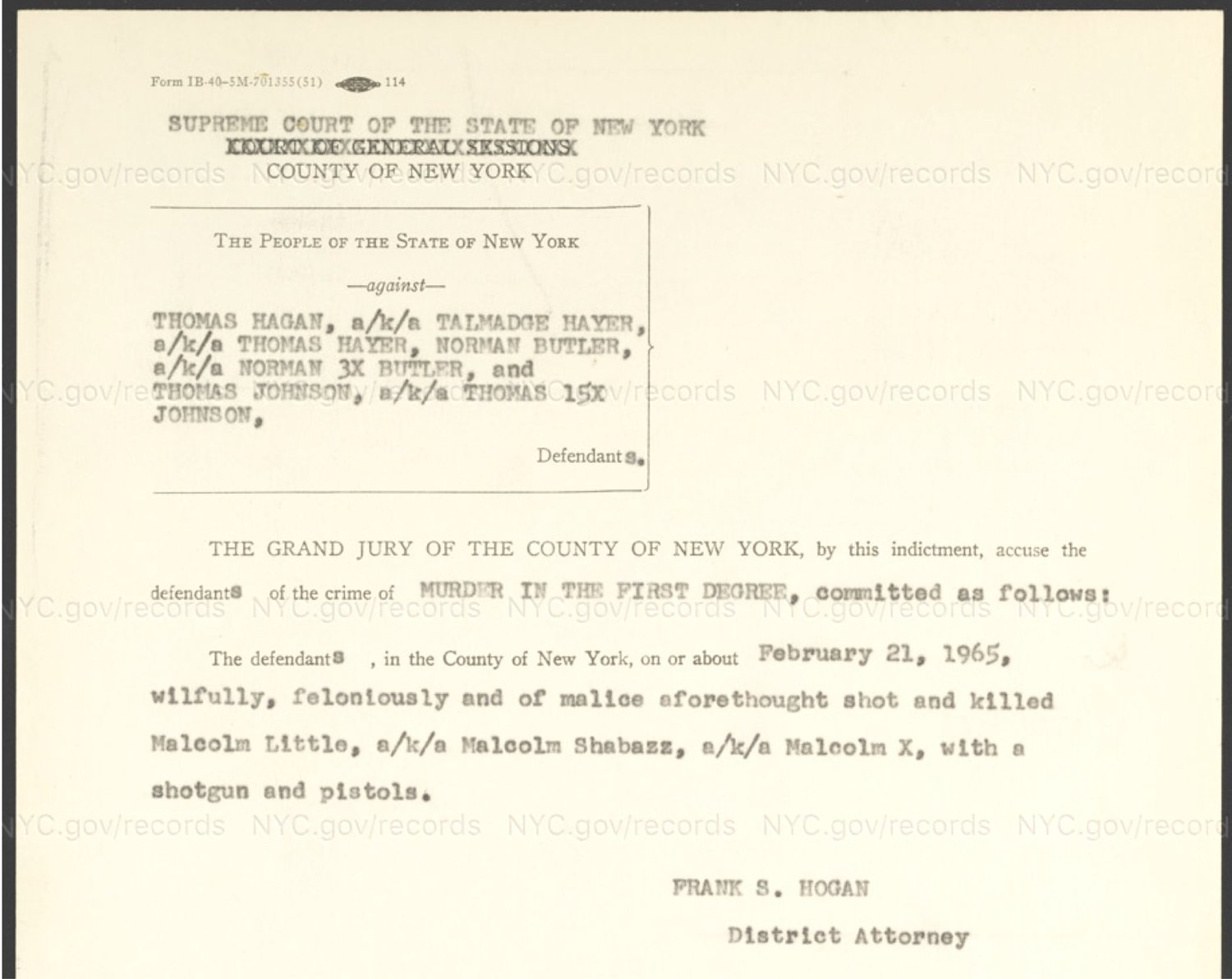
The Problem: 600,000 deeds and no single index
Real estate has always ruled Manhattan. By the late 19th century, it was clear that the remaining tracts of open property uptown would soon be developed, and the traditional system of describing property by “metes and bounds”—using descriptors such as a mark cut into the trunk of a large oak tree near the river—was obsolete. Real estate law relies on an unbroken list of transaction records, called a “chain of title,” to assure that someone selling a piece of property is its legitimate owner. The New York State Legislature passed a law in 1891 requiring all subsequent real estate transactions in New York City to use a new block-and-lot system to describe property—the same one used today—but it failed to reckon with 200 years of conveyance records. How to take the 600,000 accumulated deeds, called “conveyances” that were stored in 2,000 fat volumes in the office of the City Register, and convert them to the block-and-lot system?
Furthermore, those old records weren’t organized geographically: the volumes (called “libers”) had been filled sequentially as deeds were brought to the City Register for filing and were indexed volume-by-volume based on the names of the buyers and sellers. Searching through these thousands of volumes was the province of title searchers. Title companies, frustrated with the primitive and archaic system of deed indexing, created their own proprietary indexes which made their searches more efficient and reliable—but assured that access to these public records was for all practical purposes controlled by private firms!




